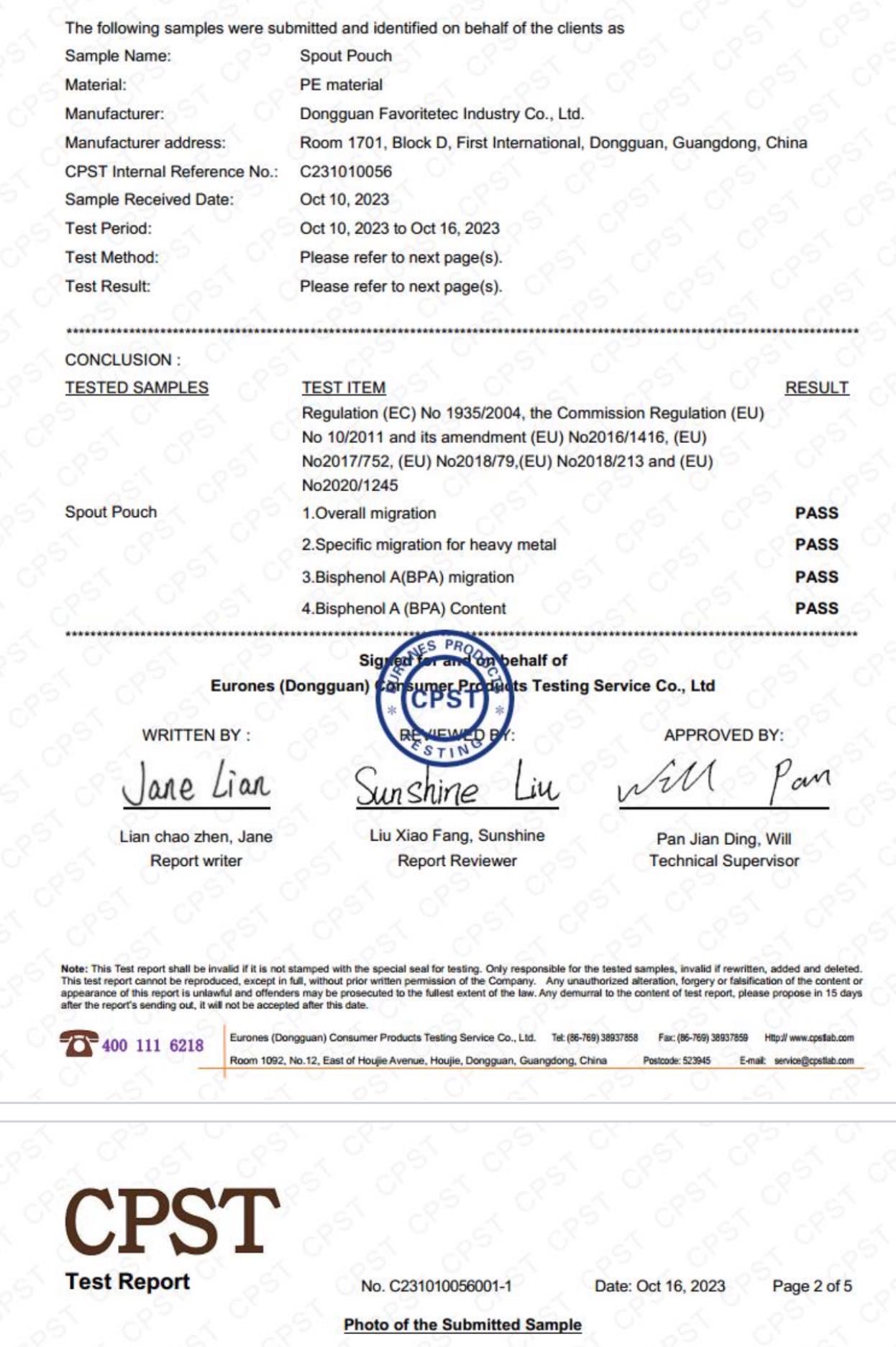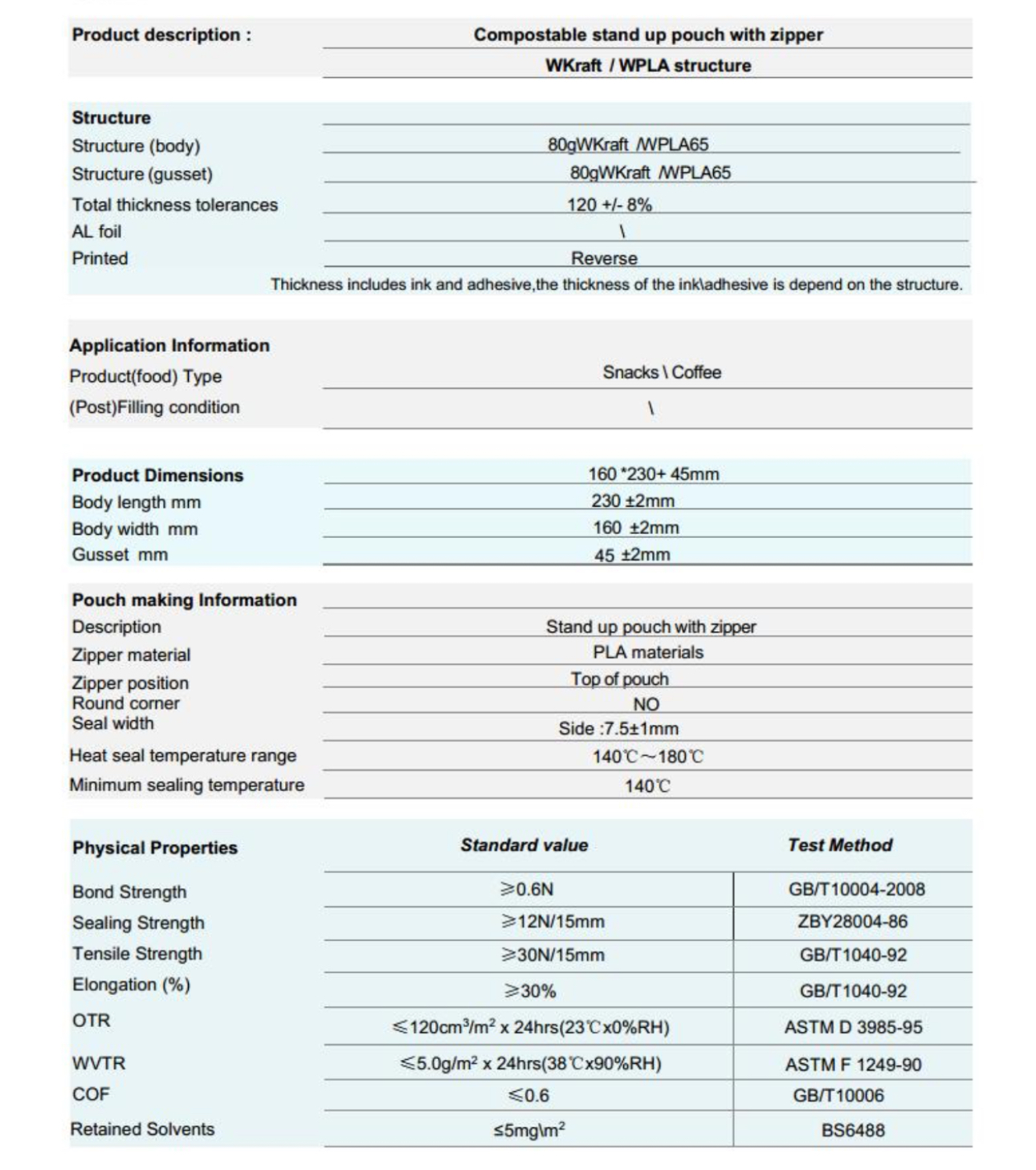In today’s fast-paced world, the significance of food packaging cannot be overstated. It’s an essential component of the food industry, ensuring that products reach consumers safely, remain fresh, and maintain their quality. But what exactly is food packaging, and why is it so crucial for businesses and consumers alike? Let’s dive into the world of food packaging to uncover its importance, various types, and the latest trends shaping the industry.
The Vital Role of Food Packaging
At its core, food packaging serves multiple critical functions beyond just containing a product. It protects food items from contamination, physical damage, and tampering; extends shelf life; and provides essential information to consumers, including nutritional content, ingredients, and expiration dates. Moreover, in a marketplace where brand perception is everything, packaging plays a pivotal role in marketing and brand differentiation.
Types of Food Packaging: A Closer Look
The types of food packaging vary widely and serve different purposes, from protecting the food from contamination and extending its shelf life to providing convenient transportation and enhancing brand recognition. Here’s an overview of the various types of food packaging, as detailed in the provided sources:
Aseptic Processing
Aseptic packaging is designed for foods that need to remain sterile, such as milk, drinkable products containing milk, liquid eggs, and processed foods requiring long preservation times. This type of packaging typically involves a mixture of paper, polyethylene, and aluminum, with a tight inner layer of polyethylene to maintain sterility.
Bags
Bags, often made of thin plastic material, are used to prevent food from coming into contact with the air and environment. Commonly bagged items include snacks like chips and pretzels, as well as fruits and vegetables such as apples and potatoes.
Boxes
Boxes are a common form of food packaging made from materials like wood, corrugated fiberboard, or metal. They are resistant to damage and are used for a variety of foods, including cereal, frozen pizza, and snack crackers.
Cans
Cans are made of steel or thin metal coated with tin to prevent corrosion. They are opaque, protecting food from light, and are used for vegetables, fruit, soup, meats, and gravy.
Cartons
Cartons are made from corrugated cardboard and can be coated with plastic or paraffin for moisture resistance. They come in various styles, including egg cartons, aseptic cartons for drinks, folding cartons, and gable-top cartons for milk and juice.
Flexible Packaging
Flexible packaging is non-rigid and can take any shape, protecting contents from the environment and extending shelf life. Examples include bagged salad varieties.
Pallets
Pallets are used for transporting large quantities of food containers, usually shrink-wrapped for extra security.
Trays
Trays are flat, thick paperboard materials with raised edges, suitable for foods like drinks, meat, and plant seeds.
Wrappers
Wrappers are thin plastic packaging used for individual items such as candy and granola bars, providing protection from the environment.
Additional Types from Other Sources
- Recyclable Stand-Up Pouches: Popular for their lightweight, low shipping costs, and eco-friendliness. They often feature clear windows for product visibility and are FDA-approved and food safe.
- Glass Jars and Containers: Offer an air of luxury and are recyclable and reusable, though they require careful handling due to breakage risks.
- Corrugated Cardboard Boxes: Used mostly for secondary packaging but also for direct delivery of items like frozen seafood and snacks. They are highly recyclable.
- Food Delivery Paper Bags: Made from 100% recycled fibers, these bags are recyclable, reusable, and come with handles for easy carry.
- Clamshell Takeout Containers: Their eco-friendliness varies based on the material used. Options made from plant-based materials are biodegradable and eco-friendly.
- Recyclable Coffee Bags: Increasingly available in sustainable materials like kraft paper, these bags are recyclable and compostable.

Each type of food packaging has its unique benefits and applications, ranging from preserving food freshness and sterility to facilitating transportation and enhancing product visibility
Innovative companies like FavoriteTec leverage these packaging types, customizing solutions to meet the diverse needs of businesses. From Stand Up Pouches to Aluminum Foil Bags, FavoriteTec offers a range of options designed for efficiency, sustainability, and brand enhancement.
What Are The Features To Look For In Food Safe Bags
When selecting food-safe bags, there are several key features to consider ensuring that the bags meet safety standards and are suitable for your specific food storage or packaging needs. These features include:
- Made with Food Grade Plastic: Food grade plastic is essential for any material that will come into direct contact with food. These materials must meet safety standards set by regulatory bodies like the Food and Drug Administration (FDA) to ensure they do not leach harmful chemicals into food. Common food-grade plastics include polyethylene (PE) and polypropylene (PP), which are non-toxic, odorless, and chemically stable.

- Durability and Resistance to Extreme Temperatures: Food-safe bags should be durable enough to protect food items during manufacturing, packaging, storage, and transportation. They should also be able to withstand extreme temperatures, whether you need to freeze food or keep it at room temperature. Some food-grade plastic bags are designed to be microwave and dishwasher-safe, allowing for convenient cooking and reheating directly in the bag.
- Protective and Chemically Safe: The bags should prevent moisture or contamination and have no potential for chemical leeching. This ensures that the food remains safe to consume and retains its intended taste, odor, and color.
- Thin but Durable: Depending on the type of food, size, shape, and quantity, you may need bags that are flexible, lightweight, and moisture-resistant, yet durable enough to resist tears. High-density polyethylene (HDPE) bags are more durable and suitable for heavy, sharp, or bulk items, while low-density polyethylene (LDPE) bags are more flexible and transparent, ideal for lightweight, low-quantity food items.
- Sustainability: With growing environmental concerns, selecting sustainable food-safe bags can be beneficial. Some manufacturers offer recyclable, biodegradable, or plant-based poly bags that reduce fossil fuel usage by up to 20% while still being completely safe for food storage.

- Aesthetics and Practicality: For businesses, the visual appeal of packaging can be as important as its functionality. Transparent bags that allow customers to see the product inside can increase the desire to purchase. Additionally, features like resealability, heat-seal capabilities, and special designs like gussets can enhance both the practicality and presentation of food products.
By considering these features, you can choose food-safe bags that not only meet regulatory standards for safety but also cater to your specific needs for durability, temperature resistance, sustainability, and aesthetics.
Choosing the Right Food Packaging Partner
Selecting a food packaging partner is a critical decision for businesses. Factors to consider include the supplier’s ability to offer customized solutions, commitment to sustainability, and capacity for fast and reliable delivery. With its focus on customized patterns, low minimum order quantities, and competitive pricing, FavoriteTec stands out as a preferred choice for businesses looking to elevate their food packaging game.
The Bottom Line
Food packaging is more than just a container; it’s a crucial element that impacts product safety, brand perception, and environmental sustainability. As the industry evolves, staying informed about the latest trends and partnering with innovative suppliers like FavoriteTec is essential for businesses aiming to succeed in the competitive food market.
